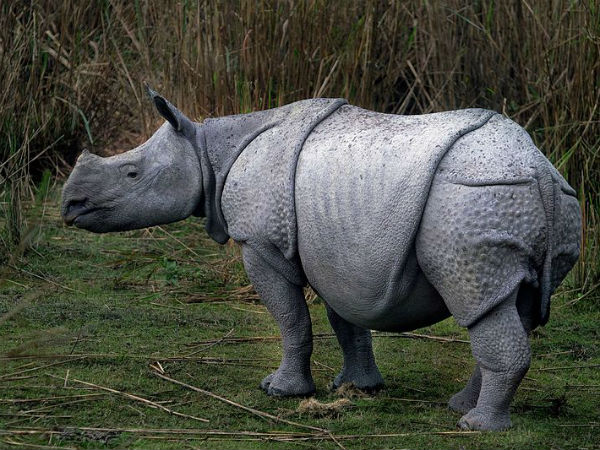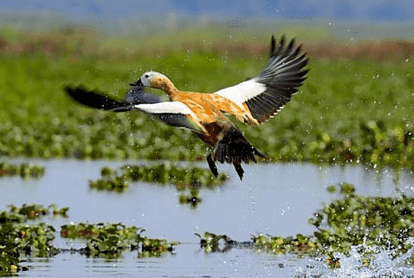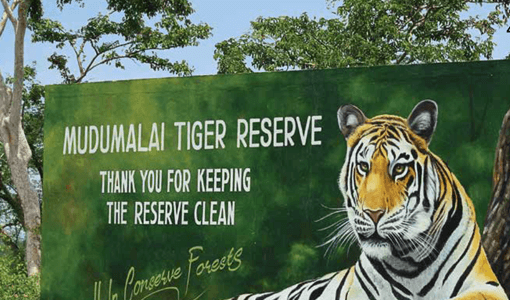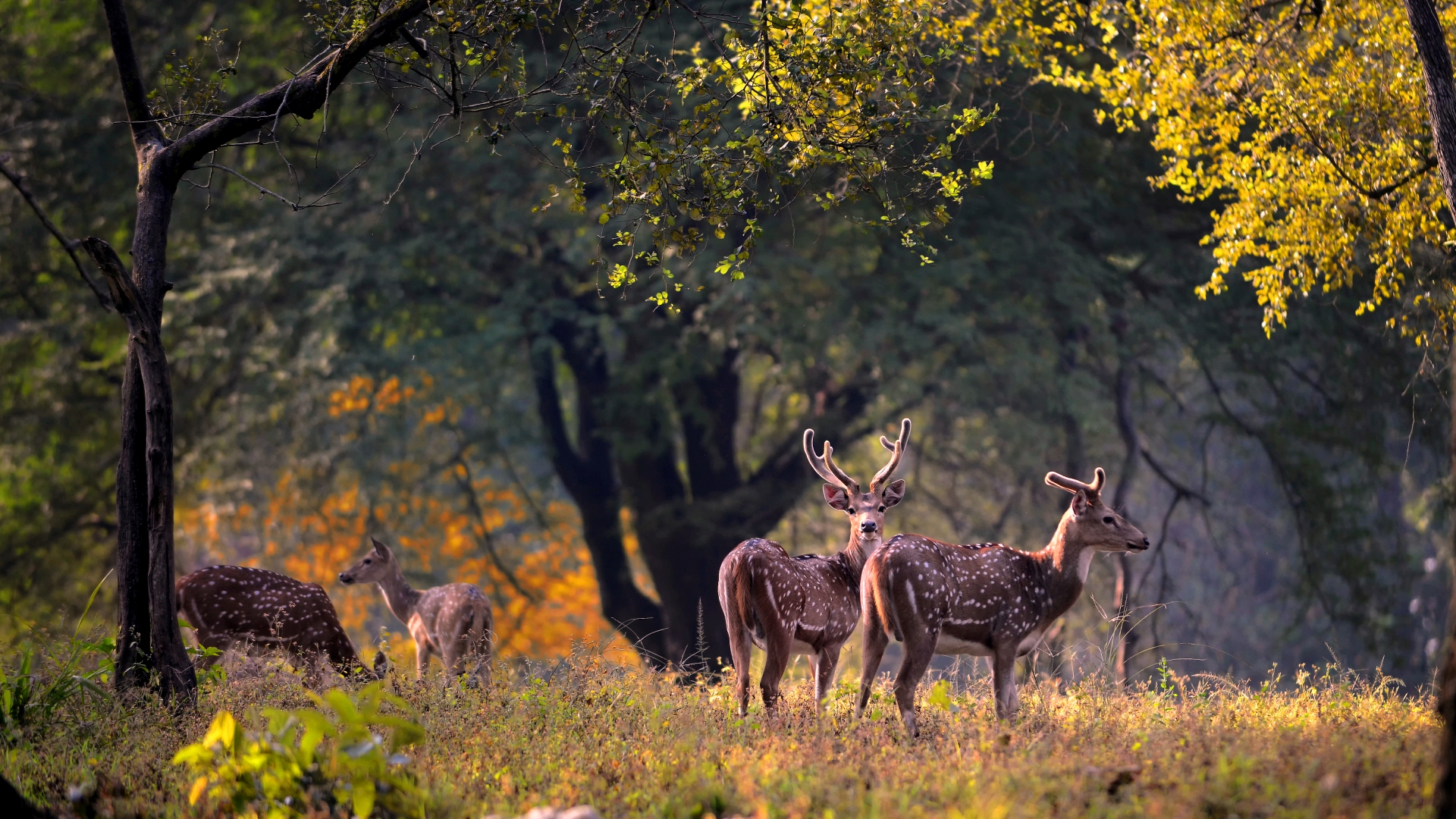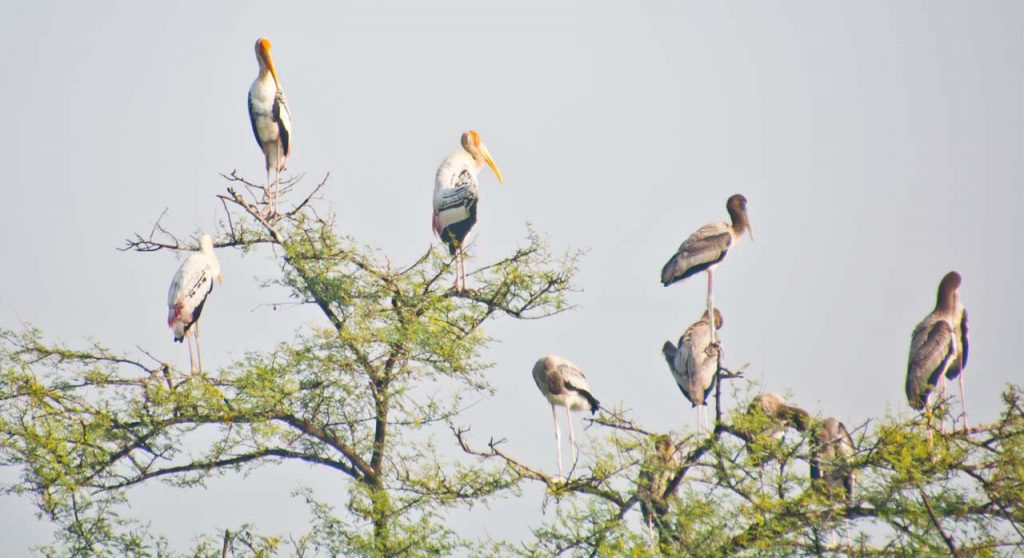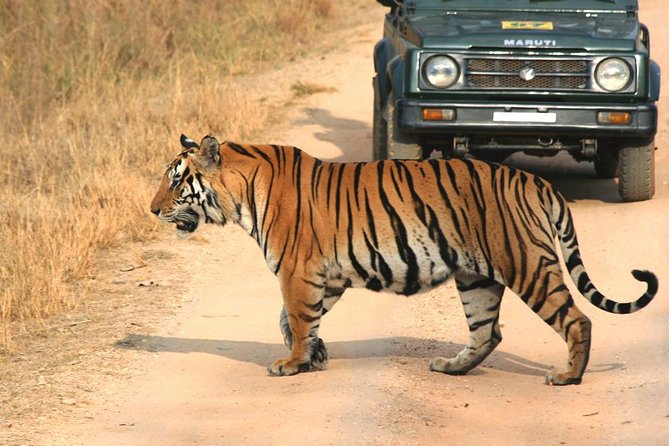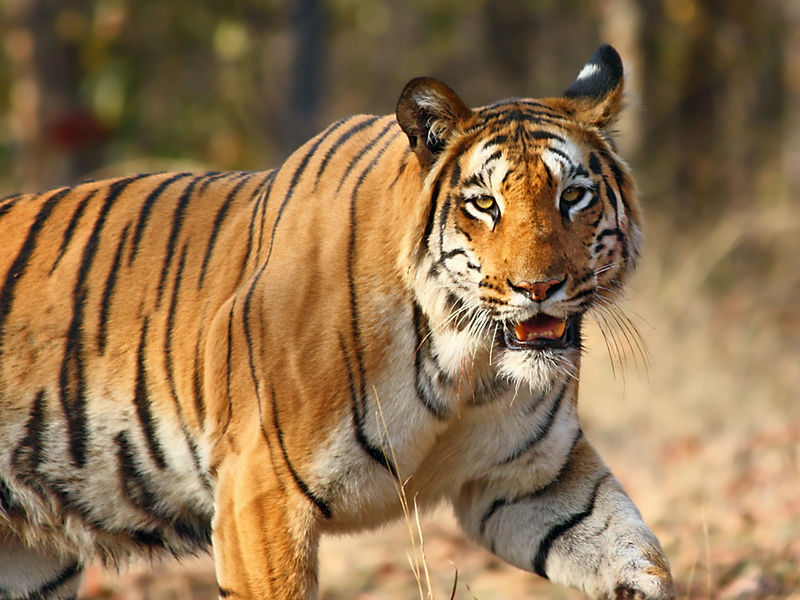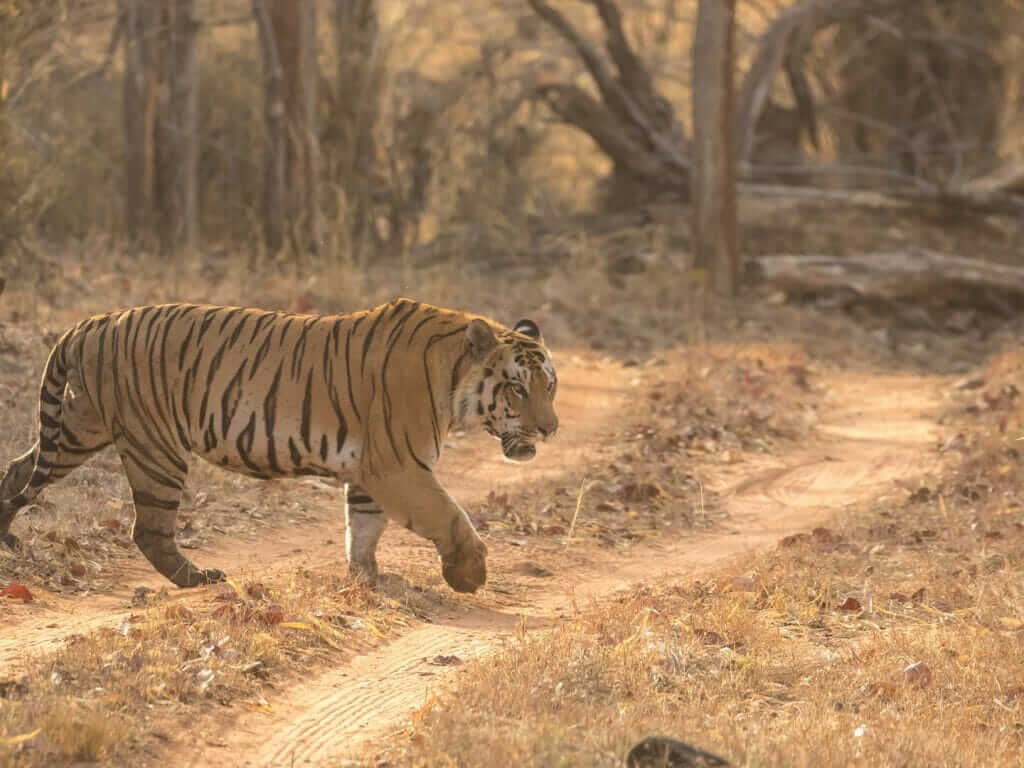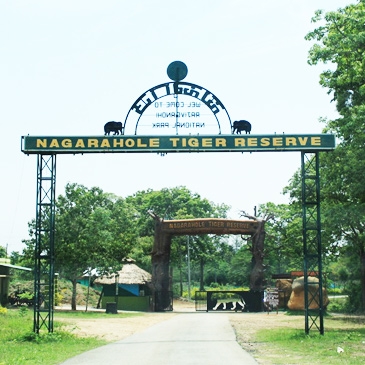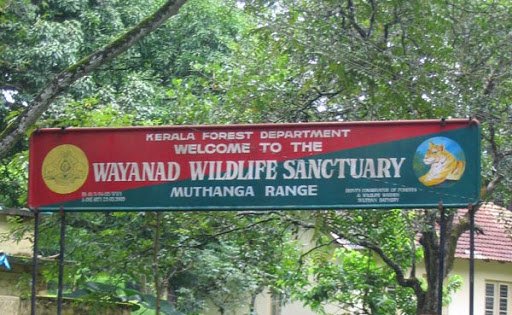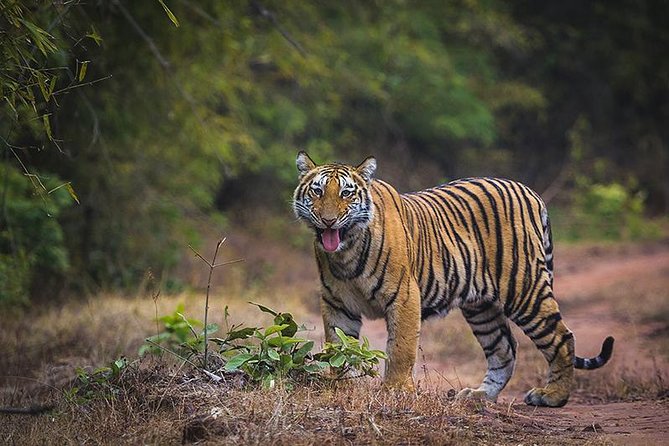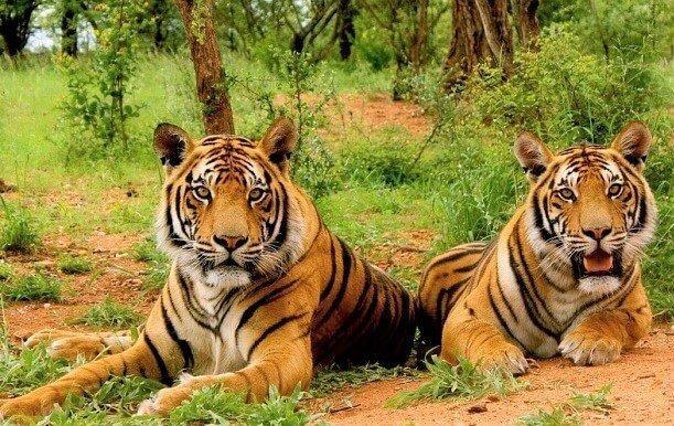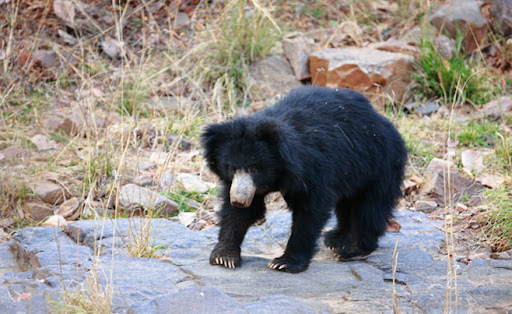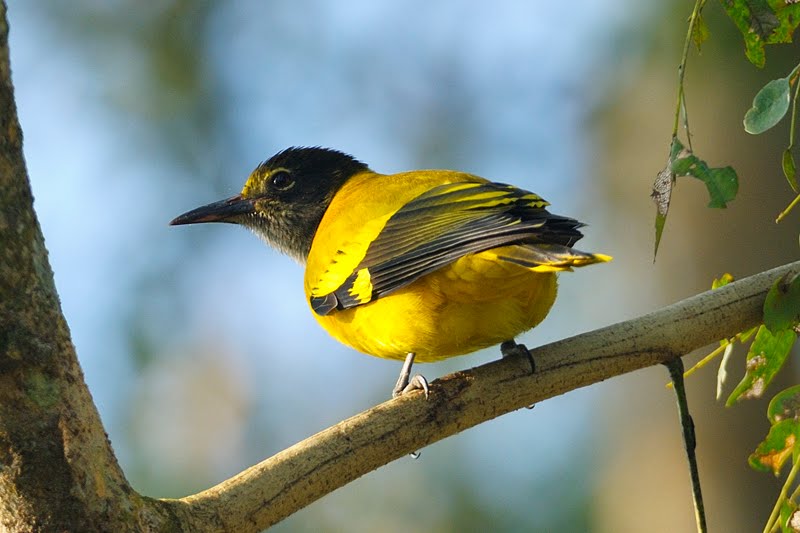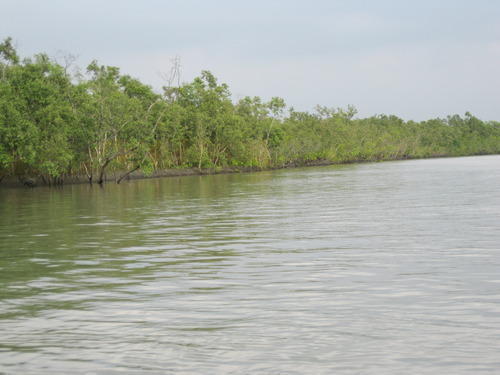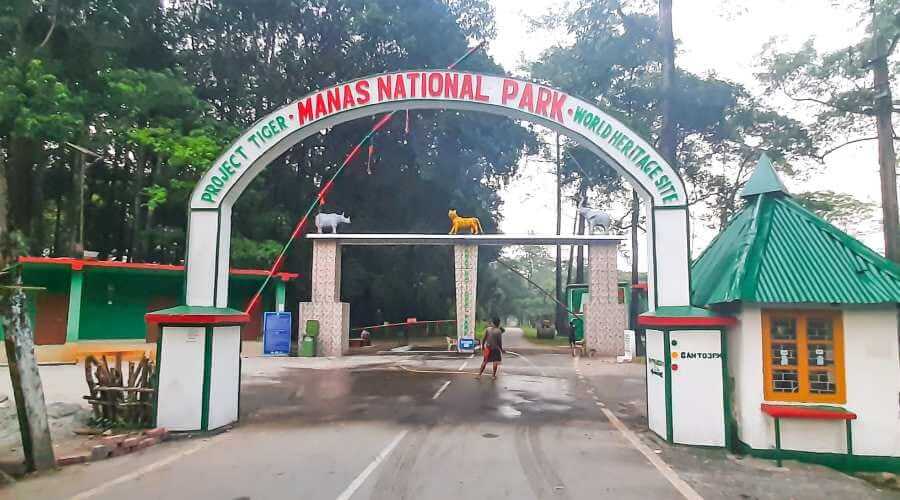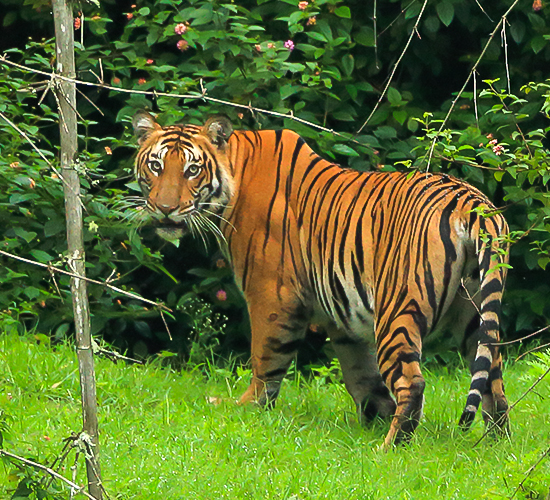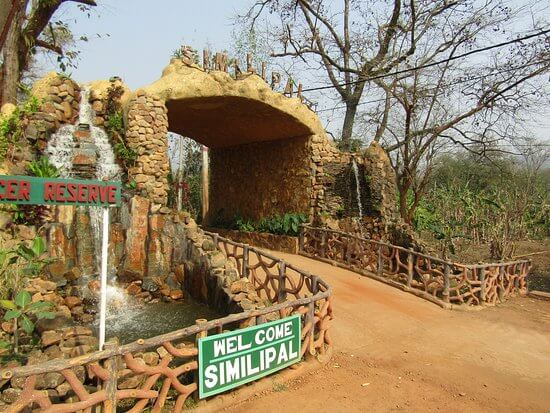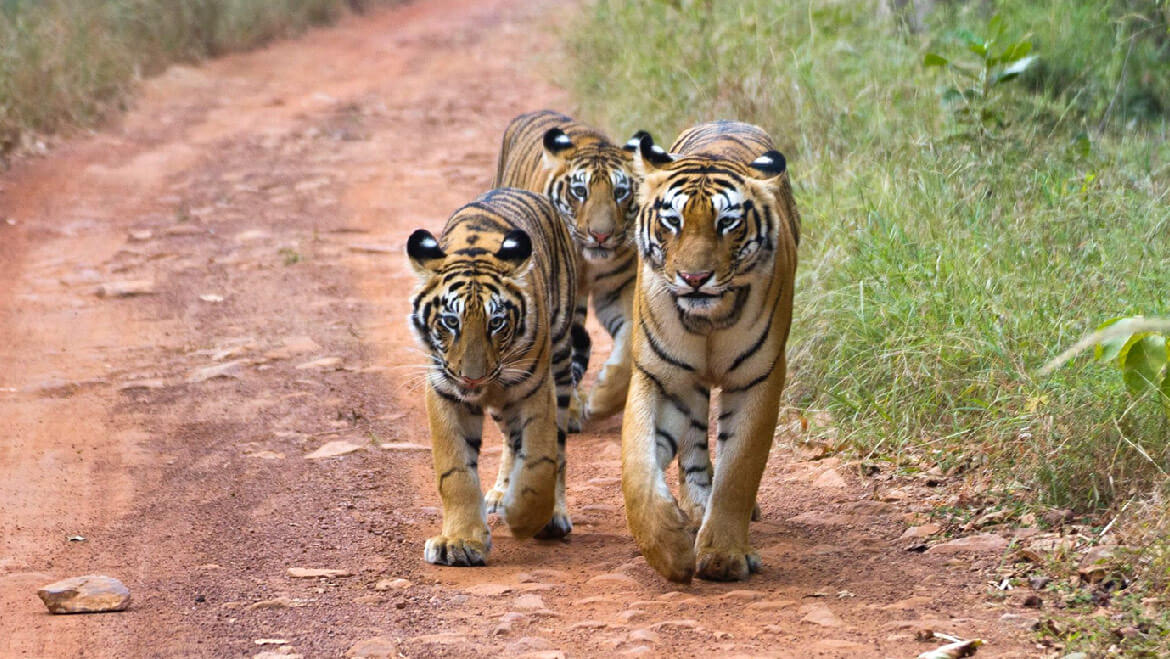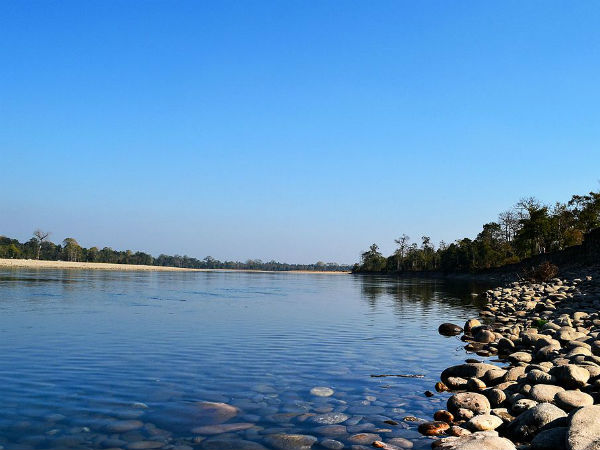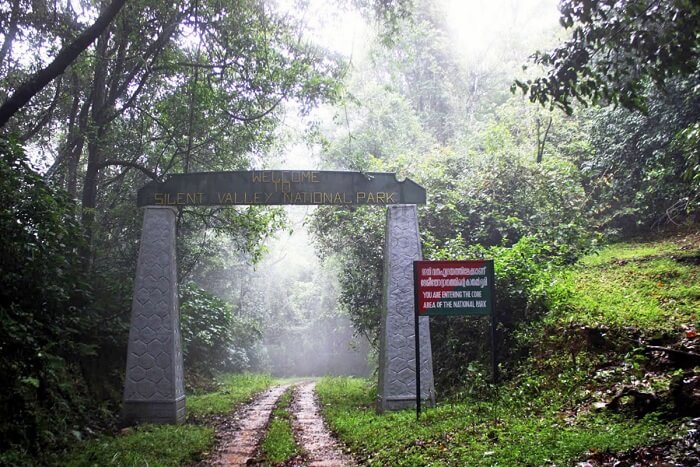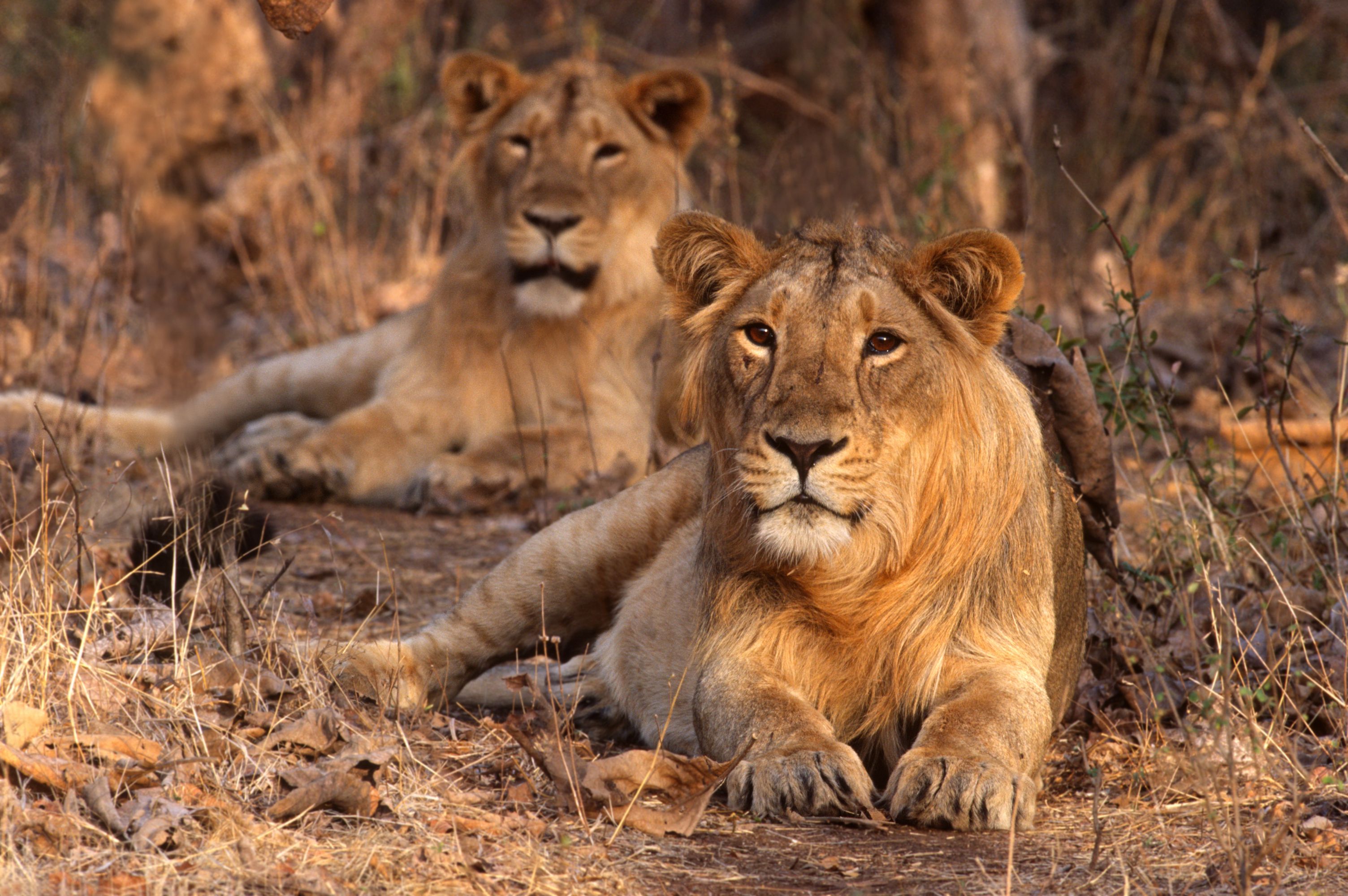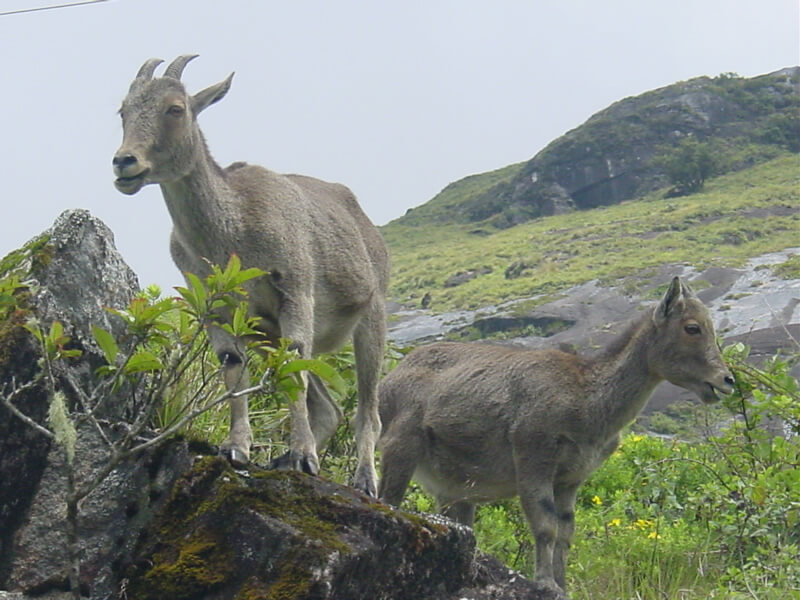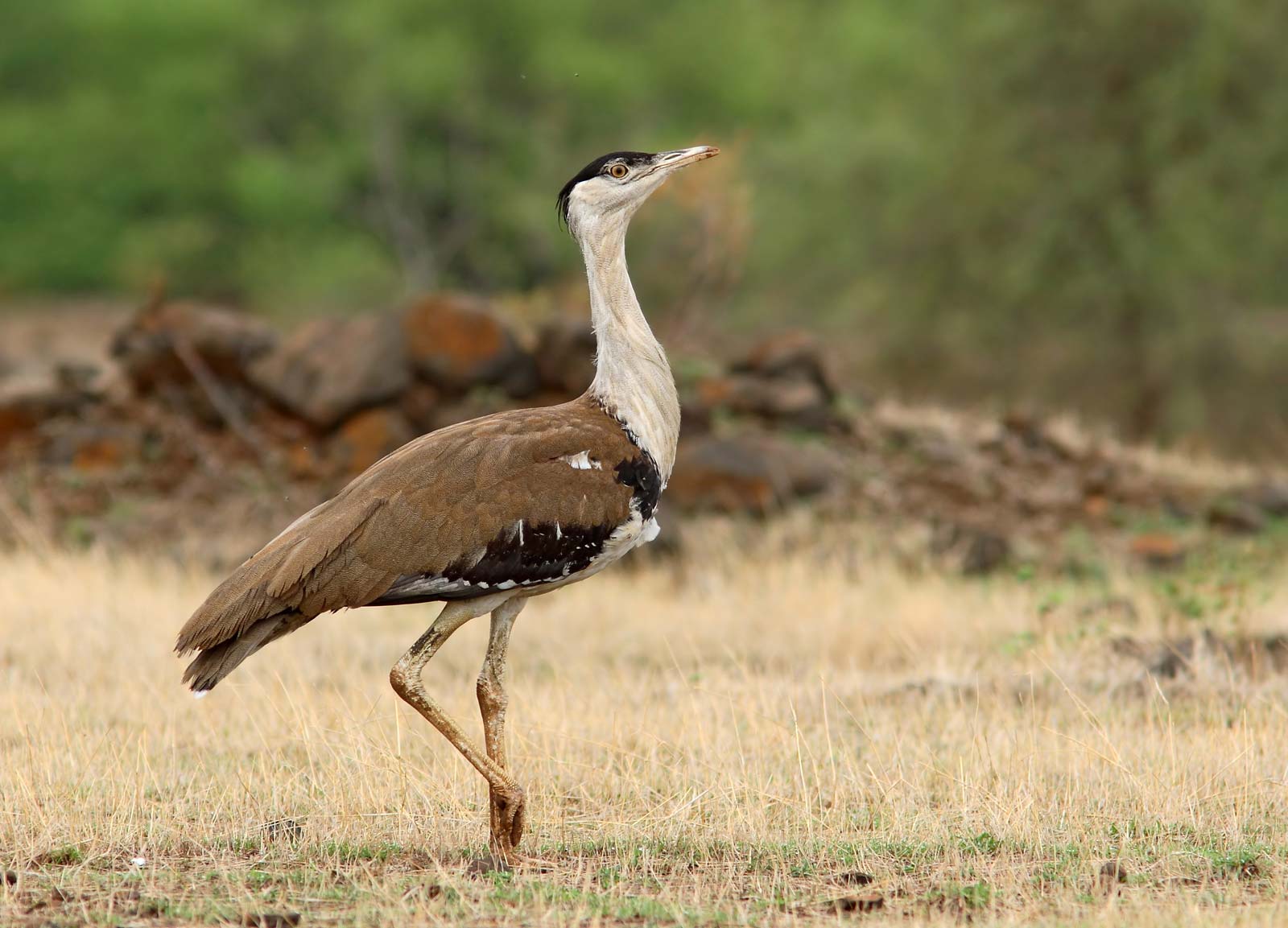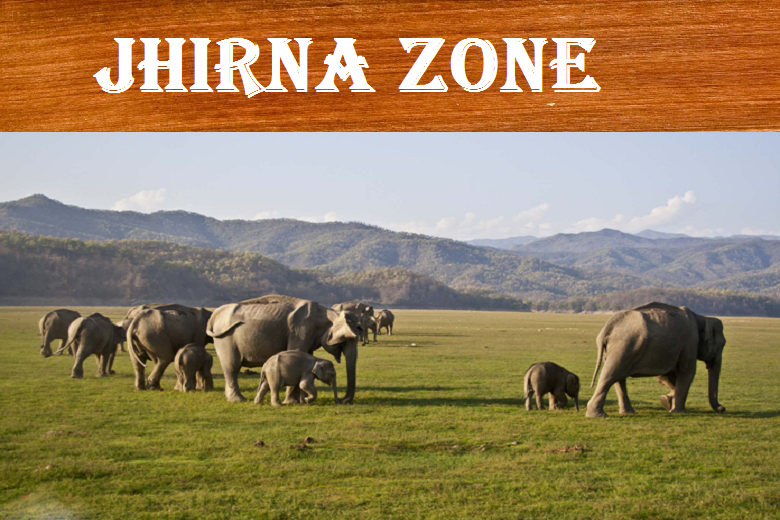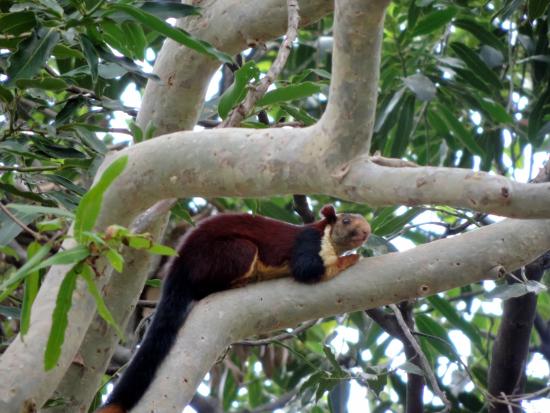- Home
- Tourism in India
- National Parks in India
- Kaziranga National Park
Kaziranga National Park
Kaziranga National Park:
Quick Facts:
Country: India
State: Assam
Best time to visit: November to April
Safari timings: Jeep Safari: 8 am -10 am, 2 pm to 4 pm, Elephant safari- 5:30 am/6:30 am, 6:30 am/7:30 am
Established in the year: 1904
Park remains open from : Mid October to April
Park is closed: Monsoon season
Famous for: One horn Rhinoceros
Update on coronavirus in India
Kaziranga National Park is located in Golaghat and Nagaon districts of Assam, India. It is famous for one horn Rhinoceros. The 430 square kilometres area is filled with swampy lagoons, tall elephant grass, marshlands and dense tropical broad leaf forests. The National park was declared as a UNESCO World Heritage site in 1985 and as a tiger reserve in 2006.
The park was established in 1908 as a reserve forest and later in 1974 was declared as a national park. The park is home for tigers, one horn rhino, leopard, elephants and many more wild animals and birds. The park is located at the banks of river Brahmaputra sue to which the park receives heavy rainfall during monsoon season.
History of Kaziranga National Park
The history of the park dates back to the 19th century when the Viceroy of India, Lord Curzon along with his wife Mary Curzon visited Kaziranga. The place was famous for rhinoceros but unfortunately Mary Curzo could not see Rhinoceros during her visit.
She later persuaded her husband to protect the wildlife and rhinoceros in Kaziranga. With an area of 232 square kilometres on 1st June 1905 Kaziranga proposed Reserve Forest was created. Over the next three years the park was further extended by 152 square kilometres and in 1908 the park was declared as a Reserve forest.
Read about Indian History here
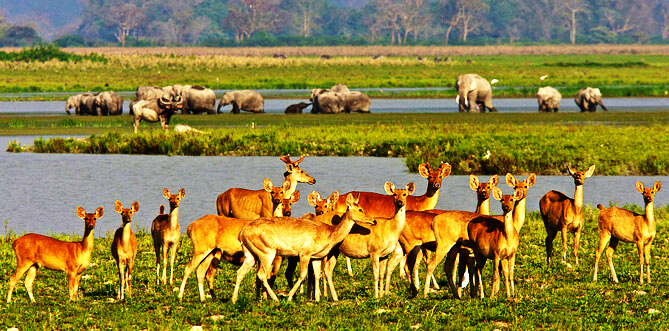
Geography of Kaziranga National Park
Kaziranga National park is rich in natural resources due to the silt deposition from the rivers that flow in the park like Brahmaputra, Diphlu, Mora Diplu and Mora Dhansiri. Due to the flow of these rivers one can see many water bodies in the park. The southern part of the park is bordered by Mora Diphlu river and towards the northern part constitutes the mighty brahmaputra river
You can also read about geography of India here
Due to the presence of many rivers the park is exposed to heavy floods during monsoon season. There are certain elevated places in the park known as chapories which provide shelter to animals during flooding. Many artificial chapories have also been built with the help of the Indian Army to provide shelter to animals. Kaziranga is surrounded by lush green tea plantations.
Climate in the park
The park experiences three seasons: summer, monsoon and winter.
Summer season: March to May. During this period dry wind blows with maximum temperature hovers around 40 degree celsius.
Monsoon season: June to September: During this period the park receives very heavy rainfall resulting in flooding. The park remains closed during this period. It Is hot and humid during monsoon season.
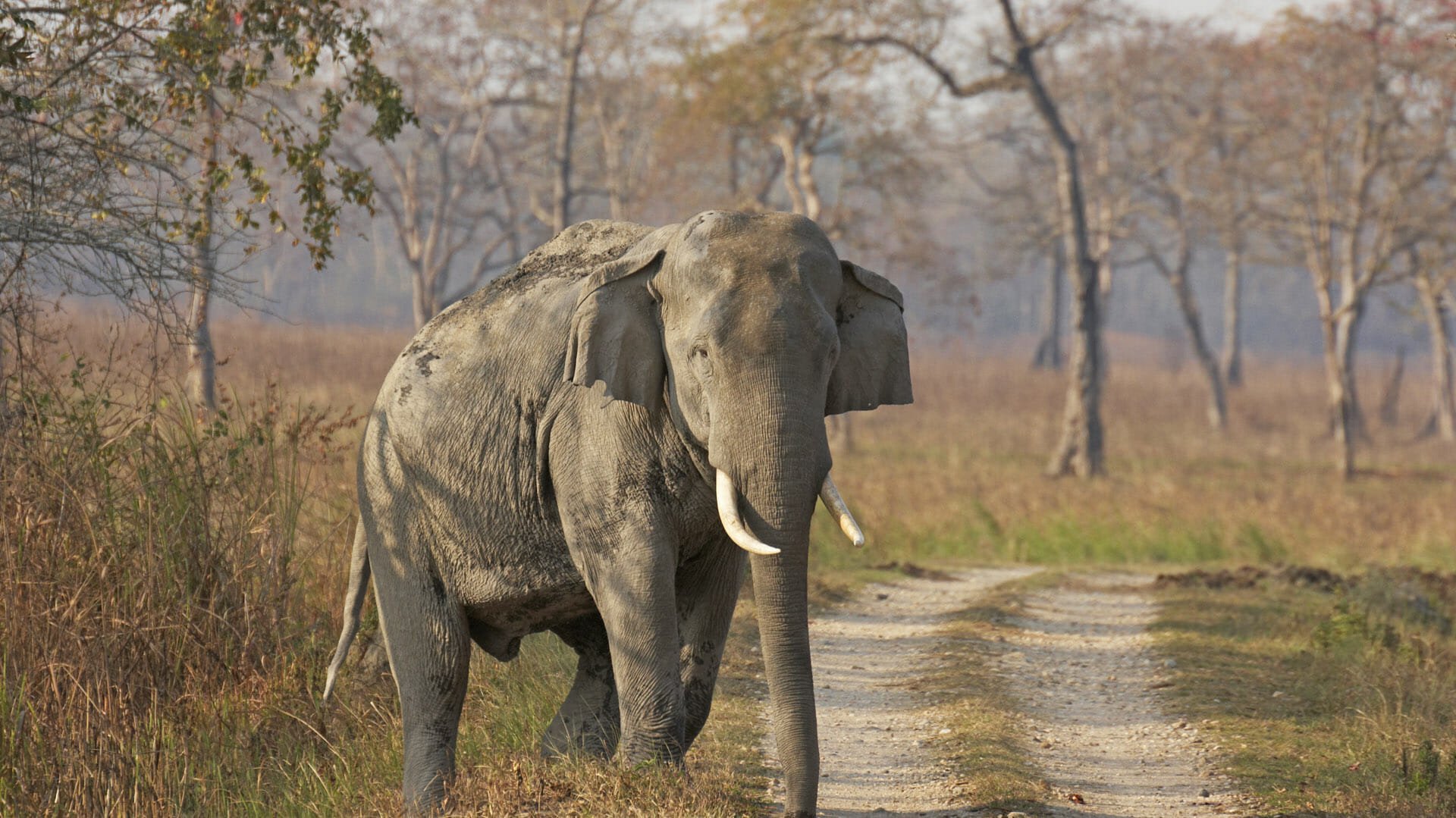
Winter Season: November to February.It is the best time to visit the park as the climate remains dry and good. The minimum temperature hovers around 7 degree celsius. Spotting of animals is more during this period as the grasses burn off.
Best time to visit:
November to April is considered as the best time to visit the park. Chances of sighting the wild animals are more during this period. The park remains closed from May to October 31st. Park opening depends on the rains.
How to reach the park
Kaziranga National park is an important tourist destination in India. It is well connected through road, air and rail from different parts of the country.
By Air: The nearest airport to the park is Jorhat airport ( around 100 kms) and Guwahati airport (around 200 kms) is the nearest airport. Both the airports are well connected from all the major cities in India. From here one can take a bus or a cab and reach the National Park.
By road: The main entrance gate to reach Kaziranga National Park is in Kohora town. The town is located on NH-37 due to which it is well connected from the major cities like Jorhat, Guwahati, Tezpur and Dimapur. Both state and private buses operate from these cities to Kohora.
Read more on Tourism in India here
By rail: Furkating which is the main railway junction in the Golaghat district of Assam is the nearest railway station to reach Kaziranga National Park. It is located at a distance of around 75 Km from the park. The station is well connected by trains from the major cities of India.
Safari Timings
The Kaziranga National Park is divided into four zones namely central zone, Western zone or Bagori zone, Eastern zone or Agaratoli zone and Burapahar zone. The timings of the safari may change according to the seasons
The entry gate to the central zone is in Kohara town. The central zone starts from the Mihimukh riding tower.
The entry gate to the western zone is located at Bagori range. The Bagori tourism office is the starting point for this zone.
The entry gate to the eastern zone is at Agaratoli which is a small town located on a National Highway. The Agaratoli tourism office is the starting point for this zone.
Burapahar Safari zone: The entry gate to this is located at Ghorakati village. The Rhinoland Park is the starting paint for the Jeep Safari.
The above four zones are maintained and managed by the respective one office and permits for the safari can be obtained from the office counter.
Jeep Safari:
Morning Jeep Safari: 07:00 – 09:30
Afternoon Jeep Safari: 13:30 – 15:30
Elephant Safari:
5:30 am/ 6:30 am/ 7:30 am
Flora and Fauna
Kaziranga National Park is one of the most diversified and well maintained national parks in India. Due to the topography the park has four main types of vegetation. They are alluvial inundated grasslands, alluvial savanna woodlands, tropical moist mixed deciduous forests and tropical semi-evergreen forests.
The park is famous for tall elephant grass along with sugarcane, spear grass and common reed. There is a difference in the altitudes between eastern and western areas of the park. The western part of the park is on the lower altitude and dominated by grasslands. The annual flooding, grazing by herbivore animals keeps the land fertile in the park.
There are different species of plants and trees all around the park. Some of the important species include kumbi, Indian gooseberry, cotton tree and elephant apple. The aquatic flora like water hyacinth, lotus, water lilies add more beauty to the park.
Some of the trees that are found near Kanchanjhuri and Tamulipathar are Dillenia indica, Ficus rumphii, Cinnamon and many more. This part of the forest is the thick evergreen forests.
The tropical semi evergreen forest is found near Baguri, Haldibari. Some of the common trees that are found here are Speciosa, Bridelia retusa, Aphania rubra, leea indica, leea umbraculifera, sterculia urens, Dubanga grandiflora, Crateva unilocularis (temple plant) and many more.
Fauna:
Kaziranga National Park is world famous for one horned rhinoceros and large population of tigers. It was declared a tiger reserve in 2006. Along with this the park is home for elephants, wild Asiatic water buffalo, swamp deer and leopard. There are around 35 mammal species, around 480 species of birds and 42 species of reptiles.
Kaziranga National park is one of the rare places which has a breeding population of three big cats namely Royal Bengal tiger, Indian leopard, and clouded leopard.
Some of the other mammals that can be seen are sloth bear, small Indian mongoose, small Indian civet, Bengal fox, golden jackal, Indian pangolin, hog badger, jungle cat, Bengal fox, hispid hare, bats, Indian gaur, Indian porcupine, white browed gibbon and many more.
The park is home to the largest venomous snakes like reticulated python and rock python. Reticulated python is the longest snake in the world and is believed to have killed adult humans. Other than these two some of the other reptiles that can be seen here are king cobra, Indian cobra, monocled cobra, Russell’s viper, Monitor lizard, Asian water monitor and also turtle.
Kaziranga National park is a paradise for bird watchers. Due to the presence of many water bodies the park is an ideal place for many migratory birds, scavengers and predators. One can enjoy seeing some of the birds like lesser white fronted goose, lesser adjutant, greater adjutant, black necked stork, Kingfisher, white-bellied heron, Dalmatian pelican, greater spotted, white-tailed, Pallas’s fish eagle, grey-headed fish eagle. Asian openbill stork migrate from central Asia to park during winter season.
Affiliate Disclosure:
If you make any purchase via a link on this site, I may receive a small commission with no added cost to you.
